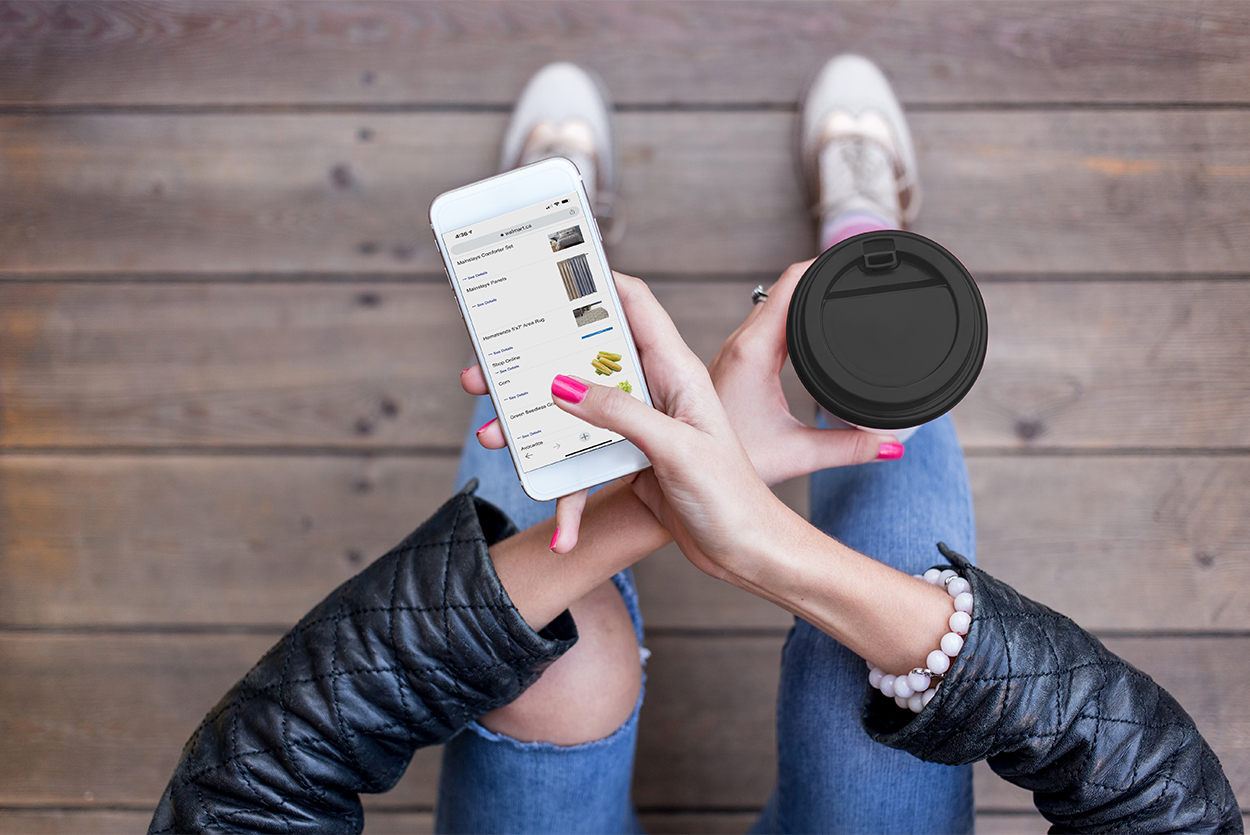
For today’s consumer, it all boils down to convenience. Brands can respond by building frictionless customer touchpoints, making it easy for consumers to research, purchase, and receive their products, whether online or in-store.
The days of one-channel shoppers are long gone. Today’s path to purchase is complex: customers no longer shop purely online or in-store. They do both.
It wasn’t just COVID-19 that sparked this shift: the omnichannel revolution was in motion long before the pandemic. A single shopping trip for today’s customer often begins online and ends in a store, with multiple back-and-forth touchpoints along the way. It all boils down to convenience: consumers are searching for the easiest way to research, purchase, and receive their product—wherever that may be.
Savvy brands can take advantage of this multi-pronged shopping journey by meeting customers where they are, and offering meaningful, informative interactions every step of the way. Flyers, social media, personalized one-to-one interactions, and robust ecommerce sites are all opportunities for touchpoints that make an impact. This sort of full-court press may seem daunting, but it pays off: on average, brands with strong omnichannel customer engagement strategies retain 89% of their customers1.
Here’s how to effectively engage with customers through all their digital touchpoints, before, during, and after their purchase journey.
Flyers have evolved to stay relevant
In Canada, more than 70% of customers interact with a flyer on a weekly basis. Many experience a flyer as part of a routine or habit: once the kids are in bed Thursday night, or on Saturday morning with a cup of tea.
This behaviour is not specific to any age or bracket—everyone likes a deal. What is changing is that the flyer experience now goes beyond print: this content is accessed via email, apps, retailer websites, or third-party sites.
Why the shift to digital flyers? People are simply spending more time online. With work and learning happening at home, consumers are on their laptops, iPads, and phones more than ever before. Where generational differences crop up is in the medium: Gen X loves email, while Gen Z shops with their smartphones. The takeaway: for brands, sharing flyer content across as many platforms as possible can only improve reach.
Websites are so much more than window dressing
While apps and social media platforms are powerful ways to reach consumers, there’s still incredible value in a more traditional web channel. For those shopping for general merchandise, the retailer website remains king. Yes, consumers have the option to go to Google to search, but browsing a specific retailer website can offer even more detailed, helpful details on products and services—and so, interested shoppers return again and again.

In pre-COVID-19 times, shoppers could easily browse brick-and-mortar stores, but now, it’s not exactly a joy to go out and shop. To replace the window shopping and research experience online, consumers are turning to retailers’ online catalogues.
Brands who do this well offer all the same information an in-person experience could by sharing product pricing info, availability, and dimensions. Specificity and precision are important here to help consumers decide the best next step for their own needs — whether that’s placing an order for delivery or planning an in-store visit. (Surprisingly, there are many shoppers who turn an online browsing experience into an in-person one: for instance, 48% of Walmart shoppers visit Walmart.ca to research before shopping in-store.)
Discoverability is also key. Where shoppers would previously stumble on sales or new products that would prompt them to try something new, brands now need to be actively present across channels to encourage the unexpected purchase. Their website is one place to do that.
A premium purchasing experience calls for creativity
Importantly, today’s customers are not picking a side: shopping is now a fluid experience that moves between digital and physical. Customers are not debating between ecommerce or brick-and-mortar—they’re opting for convenience and reliability.
Weekly shoppers, for instance, might feel more comfortable picking up their fresh produce and proteins in person, where they can make micro-decisions about quality in the moment. At the same time, those same customers might choose to use online ordering for household staples from a trusted brand. An online order or subscription service—say, for dog food—is an easy thing to set and forget.
What really matters are the customer’s core questions of value and urgency. How quickly do they need the item? Is it in stock? Do they need to see it in real life? Do they want to pay for delivery?
Brands that are thriving in this omnichannel world are the ones who make both in-person and digital options accessible and appealing. That might mean using QR codes in the physical store to share more information about a new product, partnering with a TikTok influencer, or simply designing your UX to let your customer get where they want to go in as few clicks as possible. This applies particularly if you are dealing with a wide range of customers—across genders, generations, or economic lifestyles—offering a variety of ways to shop or explore will be key to maximizing your reach.
Now is the time to build trust through omnichannel excellence
Online or offline, integrated marketing experience or not, consumers want brands to stock—or deliver—the products they say they will.
If a customer trusts a retailer with delivery of their pre-planned ingredients and the company drops the ball, it’s a huge friction point. Now, they have to go to another store.
Similarly, consumers want to know that when they go to a particular store, the items they need are in stock—otherwise, why didn’t they just have their order delivered? Customers also want to know that the goods they see online have clear delivery dates and the best prices, so they know they are making the right choice for their needs.
Brands can build a circular funnel by delivering on their promises. The potential that is built into every touchpoint—and then delivered on—puts your brand top-of-mind for the next pre-purchase experience.
Get in touch with Walmart Connect Canada to see how we can help you leverage the power of retail media at one of Canada’s leading omnichannel retailers.



